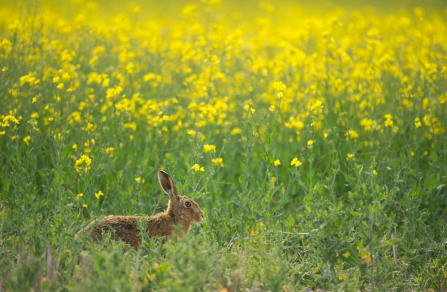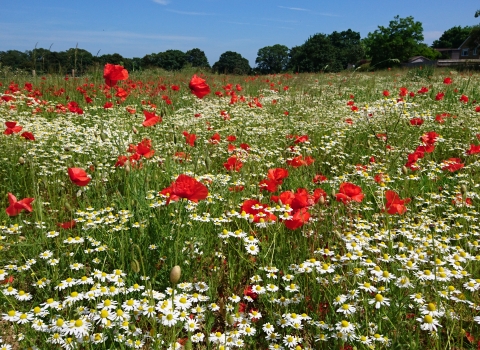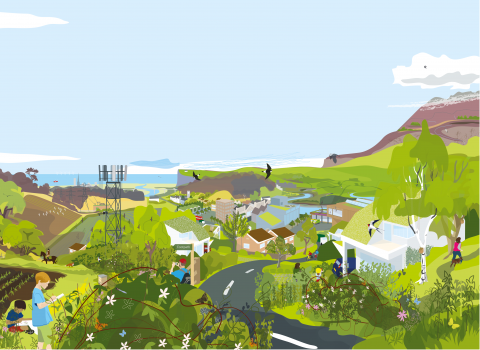Net gain is a measurable, overall increase in biodiversity within a development or beyond its boundaries.
Existing regulations set out rules for mitigating unavoidable losses, and these will remain, but up until now these rules only served to minimise damage. The concept of net gain is to exceed existing requirements, making new and better provision for key habitats and species.
Why net gain?
Here at The Wildlife Trusts, we’ve argued for net gain to be enshrined in planning rules for some time. Based on how the planning system has failed to deliver for wildlife so far, and the challenges ahead, measures like mandatory net gain are critical to secure nature’s recovery.
As we’ve highlighted before, nature is in decline – and we know one of the key factors is poorly planned development, creating wildlife deserts and fragmenting our precious habitats.




